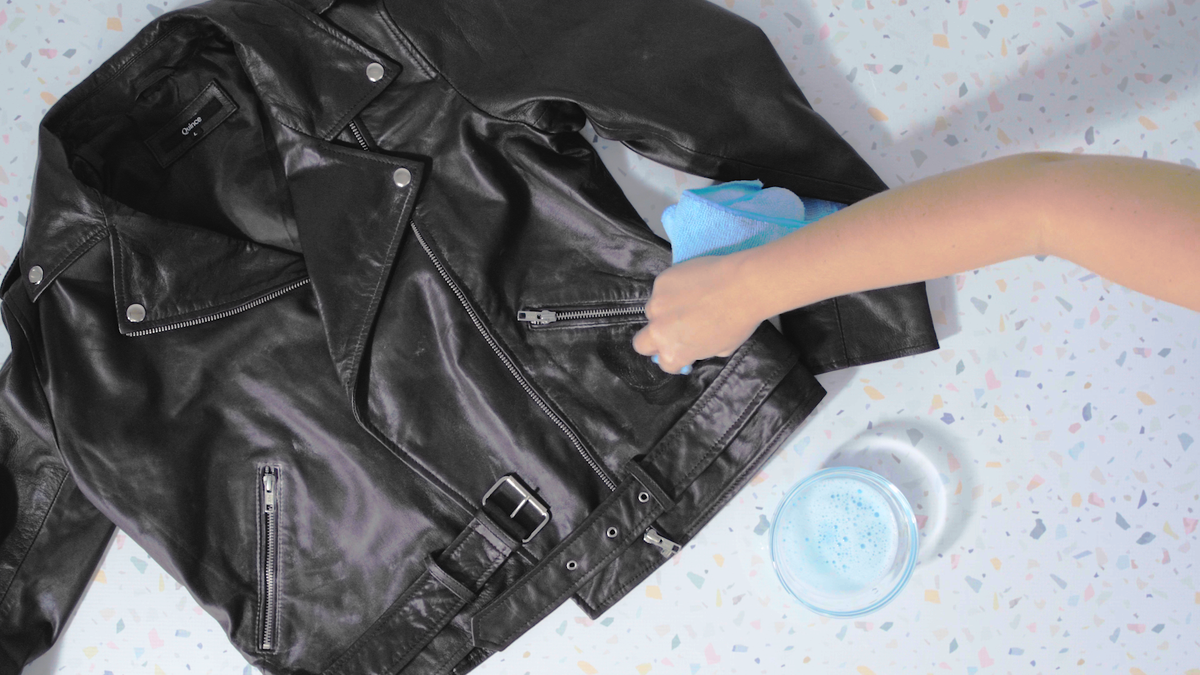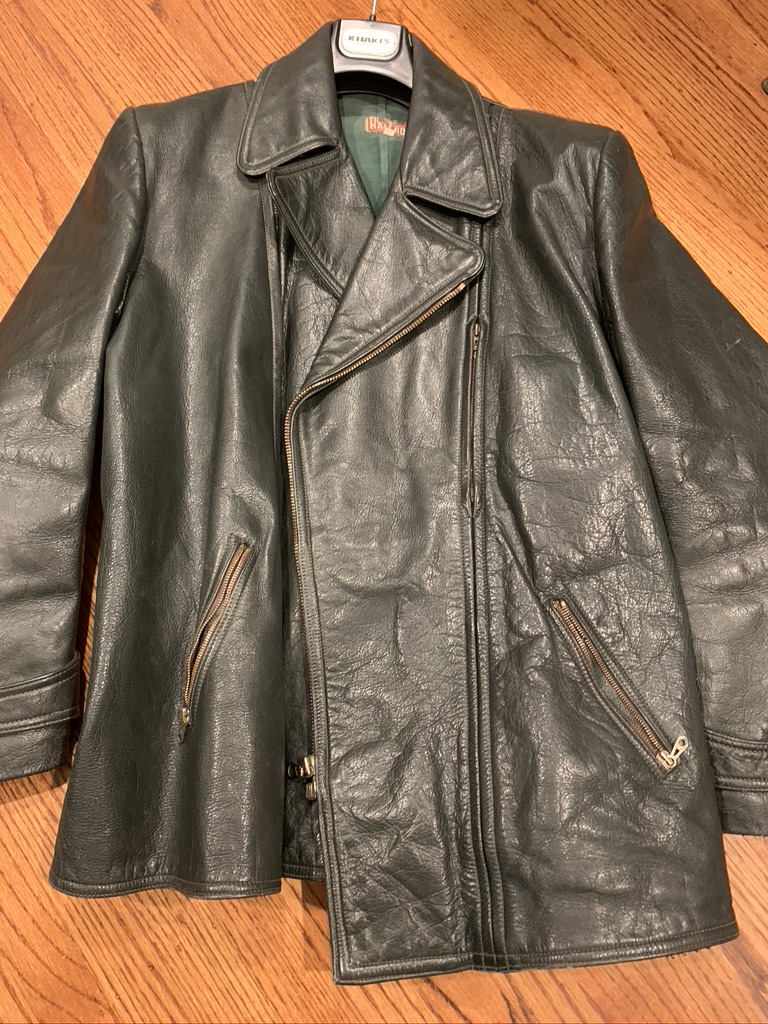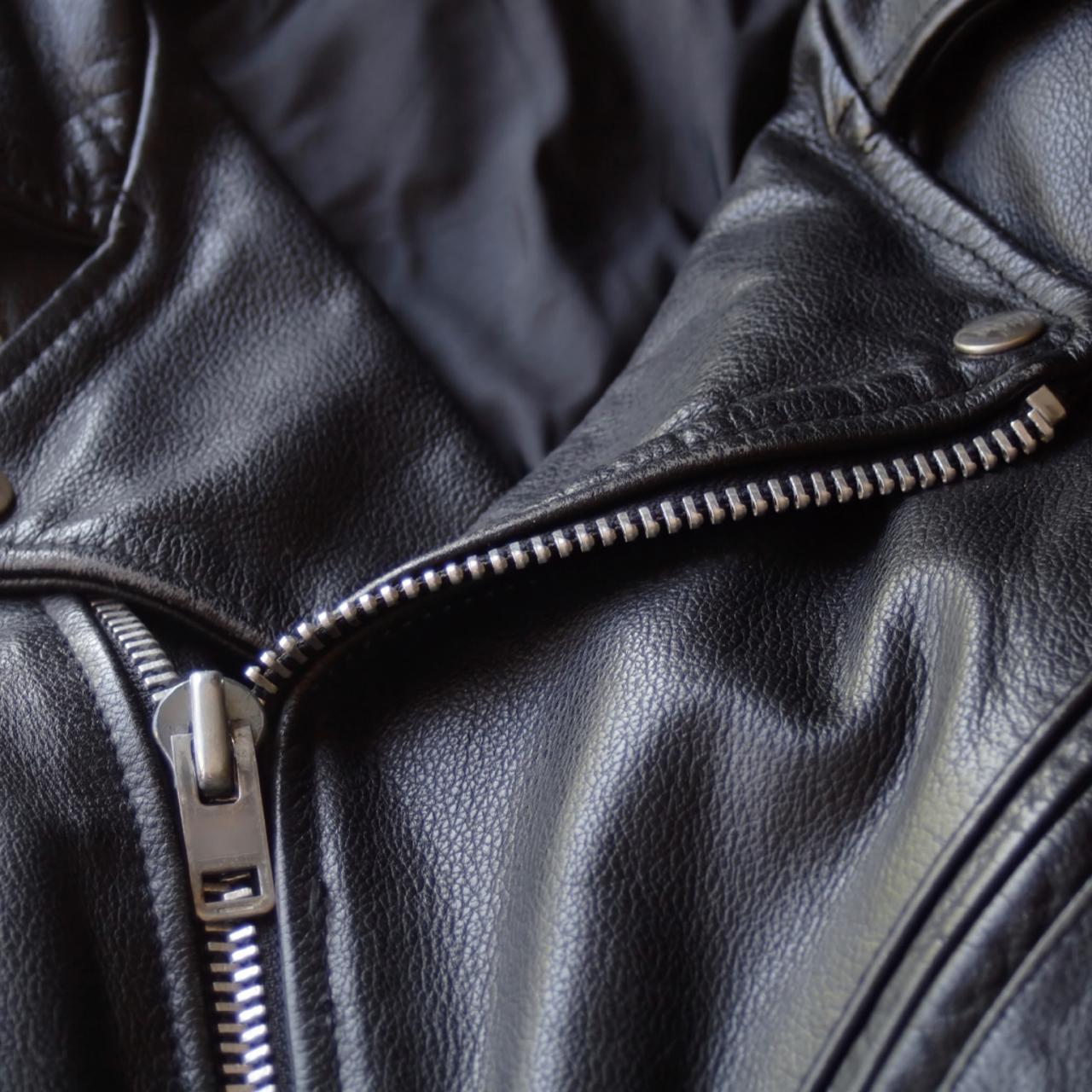
Leather jackets have long been a staple in the world of fashion, exuding an aura of timeless style and ruggedness. From the iconic biker jackets to the sleek bomber jackets, these versatile garments have graced the wardrobes of individuals seeking a touch of rebellion, adventure, or simply a classic look. However, as with any piece of clothing, leather jackets are not impervious to the elements. While they offer some degree of protection against the elements, the question often arises: can leather jackets get wet? This guide delves into the intricacies of leather jacket care and explores the potential consequences of exposing them to moisture.

I. Introduction
A. The allure of leather jackets
Leather jackets have captivated fashion enthusiasts for centuries, transcending trends and seasons. Their enduring popularity stems from their unique blend of style, durability, and versatility. From the rugged charm of biker jackets to the refined elegance of bomber jackets, leather jackets seamlessly transition from day to night, complementing a wide range of styles and occasions. Whether you’re cruising down the highway or strolling through the city streets, a leather jacket adds a touch of effortless cool and timeless appeal.
B. The question of water resistance
Despite their reputation for toughness, leather jackets are not entirely waterproof. While leather possesses some natural water resistance due to its dense fiber structure and protective oils, prolonged exposure to moisture can lead to damage. Understanding the impact of water on leather is crucial for maintaining the longevity and appearance of your leather jacket.
II. Understanding Leather’s Properties
A. Natural water resistance of leather
Leather is a natural material derived from animal hides, and its inherent properties play a significant role in its ability to withstand water. The dense arrangement of leather fibers creates a barrier that impedes water penetration to some extent. Additionally, leather contains natural oils that further enhance its water resistance. These oils, produced by the animal’s skin glands, act as a protective coating, repelling water droplets and preventing them from soaking into the leather.
B. Factors affecting leather’s water resistance
Several factors can influence the water resistance of leather, including:
-
Type of leather: Different types of leather exhibit varying degrees of water resistance. For instance, full-grain leather, with its intact grain layer, offers superior water resistance compared to split leather or top-grain leather.
-
Tanning process: The tanning process, which transforms animal hides into leather, significantly impacts water resistance. Chrome-tanned leather, commonly used in modern jackets, provides enhanced water resistance compared to vegetable-tanned leather.
-
Leather treatments: Additional treatments, such as water-proofing sprays and waxes, can further enhance the water resistance of leather jackets. These treatments create a hydrophobic layer on the leather surface, repelling water and preventing it from penetrating the fibers.

III. Impact of Water on Leather Jackets
A. Short-term exposure to water
Brief exposure to water, such as a light drizzle or a quick splash, is unlikely to cause significant damage to a leather jacket. The natural water resistance of leather and the protective oils present in the material should be sufficient to repel water droplets and prevent them from soaking in. However, it’s advisable to wipe down the jacket with a clean, dry cloth after exposure to remove any excess moisture.
B. Prolonged exposure to water
Prolonged exposure to water, such as heavy rain or submersion, can lead to damage to a leather jacket. As the leather absorbs moisture, it can become stiff, discolored, and even crack. The natural oils in the leather can be depleted, further reducing its water resistance and making it more susceptible to damage. Additionally, prolonged exposure to water can cause the stitching of the jacket to weaken and the color to fade.
IV. Caring for Leather Jackets in Wet Conditions
A. Preventing water damage
To minimize the risk of water damage to your leather jacket, follow these preventive measures:
-
Waterproofing treatments: Apply a water-proofing spray or wax to your leather jacket regularly, especially before the rainy season. These treatments create a hydrophobic layer on the leather surface, repelling water and preventing it from soaking in.
-
Avoid prolonged exposure: If possible, avoid wearing your leather jacket in heavy rain or when there’s a high risk of getting wet. If you do get caught in the rain, try to find shelter as soon as possible and minimize the amount of time the jacket is exposed to water.
-
Proper drying: If your leather jacket does get wet, follow these steps to dry it properly:
a. Blot, don’t rub: Gently blot the excess water from the jacket with a clean, dry cloth. Avoid rubbing, as this can spread the moisture and damage the leather.
b. Air dry: Allow the jacket to air dry in a well-ventilated area, away from direct sunlight or heat sources. Do not use artificial heat sources, as these can cause the leather to shrink or crack.
c. Reshape the jacket: As the jacket dries, gently reshape it with your hands to maintain its original form.
B. Addressing water exposure
If your leather jacket has been exposed to significant water and shows signs of damage, such as stiffness or discoloration, it’s best to seek professional cleaning and conditioning services. A professional leather cleaner can assess the extent of the damage and recommend the appropriate cleaning and restoration techniques to revive your jacket.

V. Additional Tips for Leather Jacket Maintenance
A. Regular cleaning and conditioning
Regular cleaning and conditioning are essential for maintaining the longevity and appearance of your leather jacket. Use a damp cloth to wipe down the jacket periodically, removing any dirt or grime that can accumulate over time. Apply a leather conditioner specifically formulated for the type of leather your jacket is made from. Conditioning replenishes the natural oils in the leather, keeping it supple and preventing it from cracking.
B. Proper storage
When not in use, store your leather jacket in a cool, dry place away from direct sunlight. Avoid storing it in a cramped space, as this can cause wrinkles and creases. Ideally, hang your jacket on a padded hanger to maintain its shape. Stuffing the sleeves with tissue paper can further help the jacket retain its form.
VI. Conclusion
Leather jackets, when properly cared for, can withstand the rigors of everyday wear and tear. Understanding the impact of water on leather is crucial for maintaining their longevity and appearance. By following the guidelines outlined in this guide, you can ensure that your leather jacket remains a cherished part of your wardrobe for years to come. Embrace the timeless style and enduring quality of your leather jacket, knowing you have the tools to keep it looking its best, even when faced with the occasional rainy day.

VII. Additional Resources
A. Leather care guides: Numerous online resources and leather product manufacturers offer detailed guides on proper leather jacket care, including cleaning, conditioning, and waterproofing techniques. These guides can provide valuable information specific to the type of leather your jacket is made from.
B. Professional leather cleaning services: For more extensive cleaning needs or if your leather jacket has sustained significant water damage, consider seeking professional leather cleaning services. These services have the expertise and equipment necessary to restore your leather jacket to its original condition.
